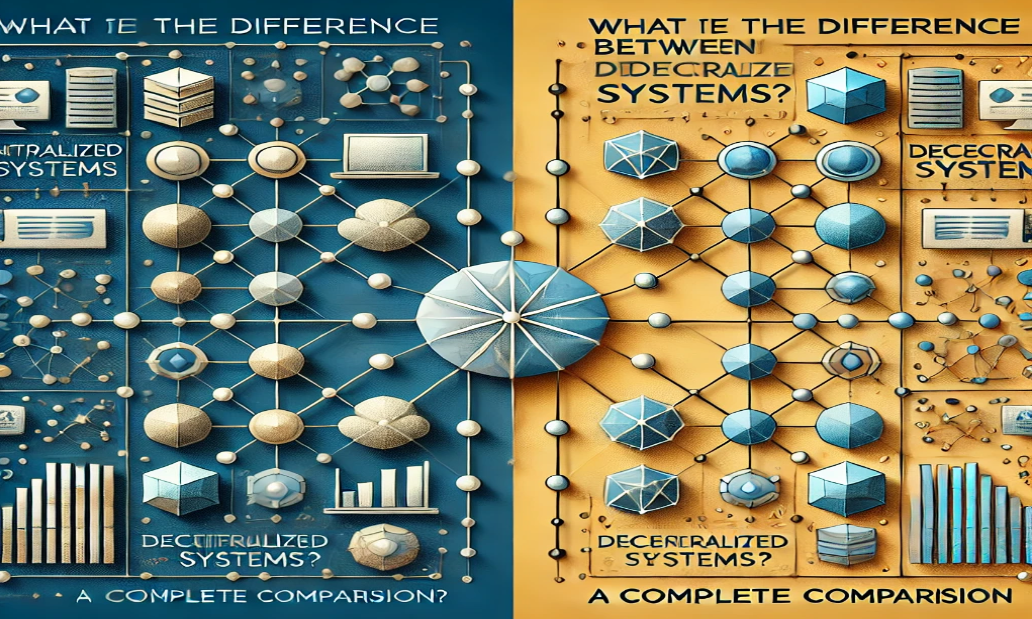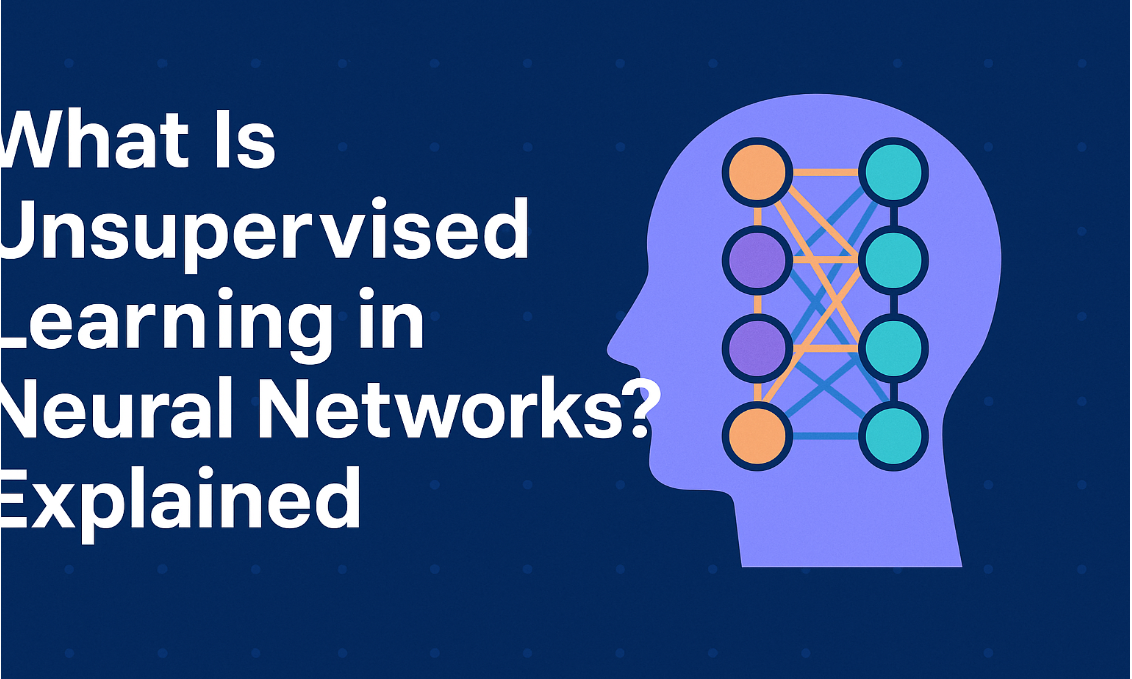
Decentralized vs. Centralized Systems: A Balanced Perspective
Introduction
Decentralization and centralization are two fundamental structures that shape governance, economies, education, and ecosystems. While centralized systems rely on a singular authority for decision-making, decentralized systems distribute power across multiple levels. Understanding the balance between the two is crucial for effective management, governance, and natural harmony.
Table of Contents
What is Centralization?
What is Decentralization?
Historical Overview
Key Differences Between Centralized and Decentralized Systems
Advantages and Disadvantages
Decentralization in Nature
Real-World Examples
Finding a Balance Between the Two
Conclusion
What is Centralization?
Centralization refers to a system where decision-making authority is concentrated within a single entity or governing body. This approach is commonly seen in monarchies, corporate structures, and planned economies.
Characteristics of Centralized Systems
Top-down decision-making
Uniform policies and regulations
Limited autonomy at lower levels
Strong control over resources
Examples of Centralized Systems
Government: Countries like China and North Korea function under highly centralized governance.
Corporations: Companies like Apple have a centralized decision-making structure where key choices come from top executives.
Education: Some national education boards regulate curriculum strictly, leaving little room for regional modifications.
What is Decentralization?
Decentralization distributes power and decision-making authority across multiple levels. This system is common in democratic governments, open economies, and self-regulating ecosystems.
Characteristics of Decentralized Systems
Autonomous decision-making at multiple levels
Flexible and adaptable policies
Resource allocation at local levels
Emphasis on collaboration and inclusivity
Examples of Decentralized Systems
Government: The U.S. follows a federal system where states have independent governance structures.
Economy: Cryptocurrencies like Bitcoin operate on decentralized networks.
Education: Finland allows local schools to design curriculums tailored to students' needs.
Historical Overview
Historically, societies have oscillated between centralized and decentralized models. Ancient empires like Rome relied on a mix of both—centralized governance with regional autonomy. The Renaissance saw a shift toward decentralization in commerce and governance, while the industrial era reinforced centralization due to mass production.
Key Differences Between Centralized and Decentralized Systems
| Feature | Centralized Systems | Decentralized Systems |
|---|---|---|
| Decision-Making | Central authority | Distributed authority |
| Flexibility | Rigid policies | Adaptive policies |
| Efficiency | Fast implementation | Slower but tailored implementation |
| Scalability | Easy to scale | Challenging due to varied control |
| Risk Management | High risk if leadership fails | Less risk due to shared responsibilities |
Advantages and Disadvantages
Advantages of Centralization
Faster decision-making
Standardized policies
Strong resource control
Disadvantages of Centralization
Bureaucratic inefficiencies
Lack of innovation at local levels
Increased corruption risks
Advantages of Decentralization
Greater flexibility
Encourages innovation
Local empowerment and autonomy
Disadvantages of Decentralization
Slower decision-making
Uneven resource distribution
Potential mismanagement at local levels
Decentralization in Nature
Nature inherently follows a decentralized model. Ecosystems self-regulate through interconnected networks rather than a central controlling force. Examples include:
Bees and Ant Colonies: Decentralized labor distribution for efficiency.
Forests: Trees communicate via root systems, distributing nutrients across networks.
Human Brain: The neural network allows different brain regions to function independently yet collaboratively.
Real-World Examples
Centralized Healthcare: The UK’s NHS provides universal healthcare under centralized governance.
Decentralized Internet: Blockchain technology decentralizes data storage and transactions.
Hybrid Models: Switzerland’s governance combines federal decision-making with local autonomy.
Finding a Balance Between the Two
A hybrid approach combining both systems often yields the best results. Governments, corporations, and educational institutions can benefit from central oversight while allowing decentralized implementation for innovation and adaptability.
Steps to Achieve Balance
Assess the sector’s needs – Determine where control is necessary and where autonomy is beneficial.
Implement scalable policies – Establish guidelines but allow local adaptations.
Encourage participation – Ensure stakeholders have input in decision-making.
Monitor and evaluate – Regularly assess outcomes and adjust structures accordingly.
Conclusion
Neither centralization nor decentralization is superior on its own. A balanced system, incorporating elements of both, leads to efficiency, adaptability, and sustainable growth. As governance, economies, and education continue evolving, striking the right balance will determine long-term success.
FAQ (Frequently Asked Questions)
What is a centralized system?
A centralized system is one where decision-making power and control are concentrated in a single authority or governing body, such as a central government, corporation, or institution.
What is a decentralized system?
A decentralized system distributes power and decision-making across multiple independent entities, reducing dependency on a single authority and increasing autonomy.
How do centralized and decentralized systems differ?
Centralized systems rely on a single point of control, whereas decentralized systems distribute authority. This affects efficiency, security, flexibility, and resilience.
What are the advantages of decentralization?
Decentralization enhances transparency, reduces corruption, improves responsiveness, and allows for local decision-making, fostering innovation and participation.
What are the disadvantages of decentralization?
Challenges include coordination difficulties, inconsistency in implementation, and potential inefficiencies due to lack of central oversight.
How does decentralization impact governance?
Decentralized governance gives more power to local authorities, enabling better decision-making tailored to specific communities, though it may lead to administrative challenges.
How is decentralization used in economics?
In economics, decentralization allows for localized financial decisions, independent trade systems, and decentralized cryptocurrencies like Bitcoin.
How does decentralization apply to education?
Decentralized education empowers institutions, teachers, and students with flexibility in curriculum design and access to diverse learning resources.
How does nature maintain a balance between centralization and decentralization?
Nature achieves balance through self-regulating ecosystems where both centralized (e.g., food chains) and decentralized (e.g., genetic diversity) mechanisms work in harmony.
Call-to-Action
What do you think is the best approach—centralization, decentralization, or a mix of both? Share your thoughts in the comments below!








